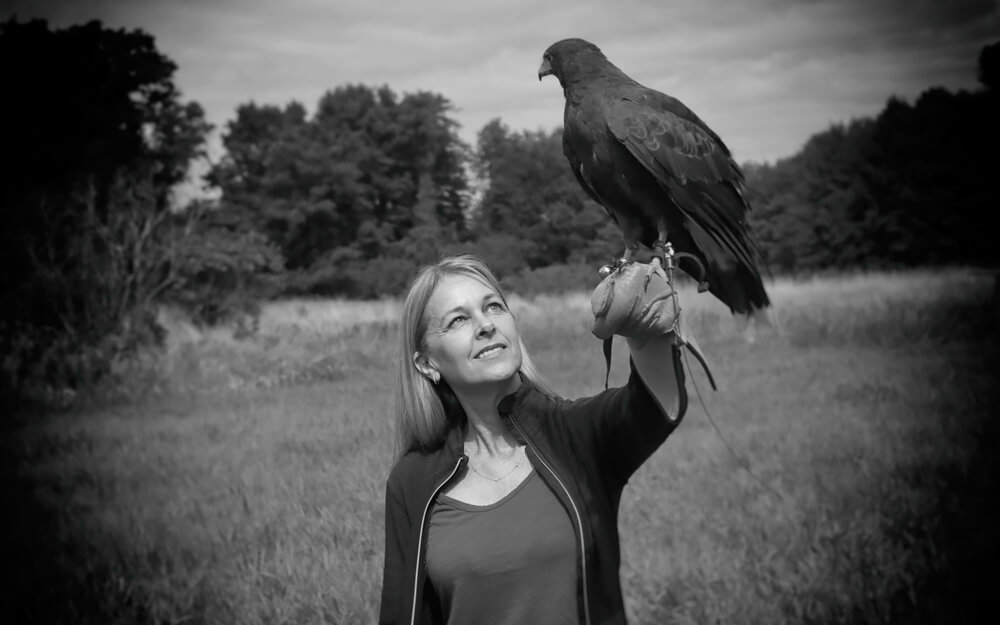Landry Major is an American artist based in Los Angeles, California. Her work explores the ideas of home, culture and our relationship to the land and animals that we steward. Her work has led her to connect her family's heritage ranching in Canada, with the family-owned ranches in the American West. It is this connection that brings the grace and poetry to her images. Her work has been exhibited in a number of notable exhibitions, including a solo exhibition at The Griffin Museum of Photography in Boston, Massachusetts.
Keepers of the West
My childhood summers were spent on a family dairy farm in Nova Scotia. Waking at dawn and herding cows alone in the field, where the only sounds were the birds waking and the gentle murmurs of the cows. The smell of fresh milk and fields of grass were the touchstones of my youth. The barn where I helped my uncle hand-milk the cows is now gone back into the earth.
My ongoing series Keepers of the West took me back to fields at dawn, this time on the family-run ranches of the American West. Visions of the West have long been central to our culture, but the way of life of the cowboy and the family-run ranch is fast disappearing.
Over half of all family owned ranches in Montana are run by people over 65 and many of their children are not choosing to remain in ranching.
It is because I recognize these struggles that my series celebrates the beauty of family-run ranches. The lives of these people are framed by hardship, yet they thrive in the simpler way of life that remains their routine, and in the stewardship of the land and the animals they tend.
Over the past four years I have witnessed the strength, determination and commitment of these families to continue this way of life, and pass it on to their children. The images are made up of the places, people, and creatures that have welcomed me into their world to remind us of the arresting moments of grace and beauty found in a life lived under the wide-open western skies.
Something will have gone out of us as a people if we ever let the remaining wilderness be destroyed ... We simply need that wild country available to us, even if we never do more than drive to its edge and look in. Wallace Stegner, The Sound Of Mountain Water
